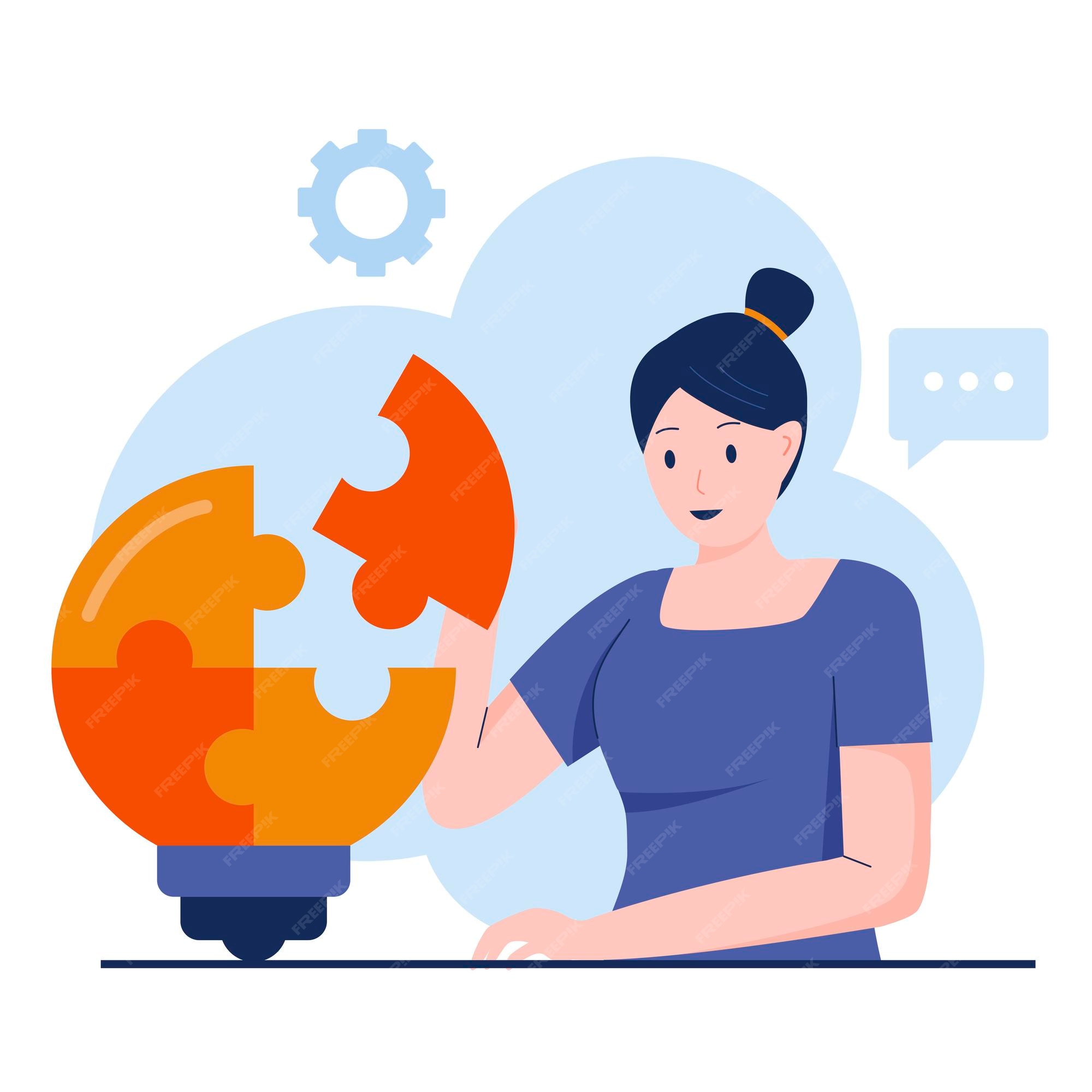
Introduction
Welcome to our blog post on fluency and skills practice! Whether you’re learning a new language, honing your writing abilities, or trying to perfect a particular skill, practicing regularly is key to achieving proficiency. Fluency and skills practice allow us to build confidence, improve accuracy, and enhance overall performance in various areas of life. In this article, we will explore the importance of fluency and skills practice, provide strategies for effective practice sessions, discuss resources and tools that can aid in the process, offer tips for developing a routine for regular practice, and address common challenges faced along the way. So let’s dive in and discover how you can take your fluency and skills to the next level!
Importance of Fluency and Skills Practice
Fluency and skills practice is essential for anyone looking to improve their language proficiency. Whether you’re learning a new language or trying to enhance your existing skills, regular practice is key. It not only helps in building fluency but also strengthens your overall linguistic abilities.
By practicing consistently, you can train your brain to process information more quickly and efficiently. This results in improved speaking, listening, reading, and writing skills. Fluency practice allows you to become more comfortable with expressing yourself in real-life situations, making communication smoother and more natural.
Additionally, regular practice enhances vocabulary retention and grammar usage. The more exposure you have to the language through reading or listening exercises, the better equipped you’ll be at using appropriate vocabulary and grammatical structures correctly.
Fluency and skills practice contribute significantly to your growth as a language learner. By dedicating time each day towards improving these areas of language acquisition, you’ll see remarkable progress over time! So don’t underestimate the importance of consistent practice; it’s the secret ingredient that propels your language journey forward!
Strategies for Effective Fluency Practice
Effective fluency practice is crucial for language learners to improve their speaking skills and feel more confident in real-life situations. There are several strategies that can help make fluency practice more effective. One strategy is to engage in regular conversations with native speakers or language partners. This allows learners to immerse themselves in the language and get used to hearing and speaking it on a daily basis.
Another strategy is to use audio materials, such as podcasts or recorded dialogues, to practice listening comprehension and mimic native pronunciation. By listening attentively and repeating after the speakers, learners can train their ears to pick up subtle nuances of the language and develop better pronunciation.
Incorporating these strategies into your fluency practice routine can significantly enhance your speaking skills over time. Remember, consistency is key! Practice regularly and be patient with yourself as you work towards becoming a fluent speaker of the target language.
Incorporating Skills Practice into Fluency Activities
When it comes to improving language skills, fluency practice is key. But what about the other important aspects of language learning? Incorporating skills practice into your fluency activities can take your language proficiency to the next level.
One effective strategy is incorporating reading into your speaking exercises. Choose a passage or article that aligns with your current language level and read it aloud. This not only improves pronunciation and intonation but also helps expand vocabulary and comprehension skills. Another way to incorporate skills practice is by engaging in conversation-based activities that focus on specific areas such as grammar or vocabulary. For example, you can play a game where you have to use certain target words in sentences or ask each other questions using specific tenses.
By integrating skills practice into fluency activities, you create a more well-rounded approach to language learning. So go ahead and get creative with how you combine reading, writing, listening, and speaking exercises! The possibilities are endless when it comes to honing all aspects of your linguistic abilities. Keep practicing consistently and watch as your fluency and skills soar to new heights!
Resources and Tools for Fluency and Skills Practice
When it comes to improving fluency and skills, having the right resources and tools can make a big difference. Thankfully, there are plenty of options available to support your practice and help you reach your goals.
One valuable resource is online language learning platforms, such as Duolingo or Babbel. These platforms offer interactive lessons, quizzes, and exercises that allow you to practice reading, writing, listening, and speaking in a structured way. Additionally, they often provide personalized feedback to help you identify areas for improvement.
Another useful tool is language exchange websites or apps like Tandem or HelloTalk. These platforms connect language learners from around the world so that you can engage in conversations with native speakers. This not only enhances your fluency but also gives you the opportunity to learn about different cultures and build international connections.
In addition to these digital resources, don’t underestimate the power of traditional materials like books or newspapers in your target language. Reading regularly will expose you to new vocabulary and sentence structures while helping improve comprehension skills.
Consider using pronunciation apps like Sounds: The Pronunciation App or Speechify for practicing proper pronunciation and intonation. These apps provide audio examples along with visual representations of how sounds should be produced.
With an array of resources at your disposal – both online and offline – there’s no shortage of ways to enhance fluency and skills practice!
Developing a Routine for Regular Practice
Consistency is key when it comes to improving fluency and skills. To make progress, it’s important to develop a routine for regular practice. This means setting aside dedicated time each day or week to focus on honing your abilities.
Establish a specific practice schedule that works best for you. It may be helpful to choose a set time during the day where you can dedicate uninterrupted focus to your language learning goals. Whether it’s early in the morning, during lunch breaks, or in the evening, find what fits into your daily routine and stick with it.
Additionally, create realistic goals that are achievable within your chosen timeframe. Break down larger objectives into smaller tasks that can be accomplished over shorter periods of time. This not only helps maintain motivation but also allows for measurable progress along the way.
By implementing a consistent practice routine and breaking down goals into manageable chunks, you’ll be well on your way towards improving fluency and skills in no time! So get started today and watch as regular practice propels you forward on your language learning journey.
Overcoming Challenges in Fluency and Skills Practice
Fluency and skills practice is an essential part of language learning, but it can come with its fair share of challenges. Many learners struggle to find the motivation and discipline to practice consistently, while others may feel discouraged by slow progress or fear making mistakes. However, overcoming these challenges is possible with the right mindset and strategies.
One common challenge in fluency and skills practice is maintaining consistency. It’s easy to start off strong, but as time goes on, life gets busy and other priorities take over. To overcome this challenge, it’s important to create a routine that fits into your schedule. Set aside dedicated time each day or week for language practice, whether it’s listening to podcasts during your commute or practicing speaking with a language partner online.
Another challenge is staying motivated when progress feels slow. Language learning takes time and patience; it’s not something that happens overnight. One way to stay motivated is by setting achievable goals for yourself. Break down your larger language learning goal into smaller milestones that you can celebrate along the way. Additionally, finding ways to make the process enjoyable can help maintain motivation – listen to music in your target language, watch movies or TV shows with subtitles, or read books that interest you.
Remember that everyone makes mistakes when learning a new language – it’s all part of the process! Don’t let fear hold you back from practicing speaking or writing skills. Embrace those mistakes as opportunities for growth and learning. Find supportive communities where you can interact with fellow learners who understand the struggles and are there to encourage each other.
Conclusion
In this article, we have explored the importance of fluency and skills practice in language learning. We have discussed strategies for effective fluency practice and ways to incorporate skills practice into your language learning activities. Additionally, we have provided resources and tools that can help you enhance your fluency and skills.
Regular practice is key when it comes to developing both fluency and language skills. By creating a routine and dedicating time every day or week to practice, you will gradually improve your proficiency in the target language.
While there may be challenges along the way, such as finding motivation or dealing with setbacks, don’t get discouraged! Remember that building fluency takes time and effort. Stay committed to your goals and seek support from fellow learners or language professionals if needed.
By consistently practicing both fluency activities like conversation exchanges or reading aloud passages, along with specific skill-building exercises like listening comprehension or writing tasks, you will see progress over time.
So keep up the good work! With dedication, perseverance, and a well-rounded approach that combines both fluency practice and targeted skill development exercises, you are bound to achieve success in mastering a new language.




